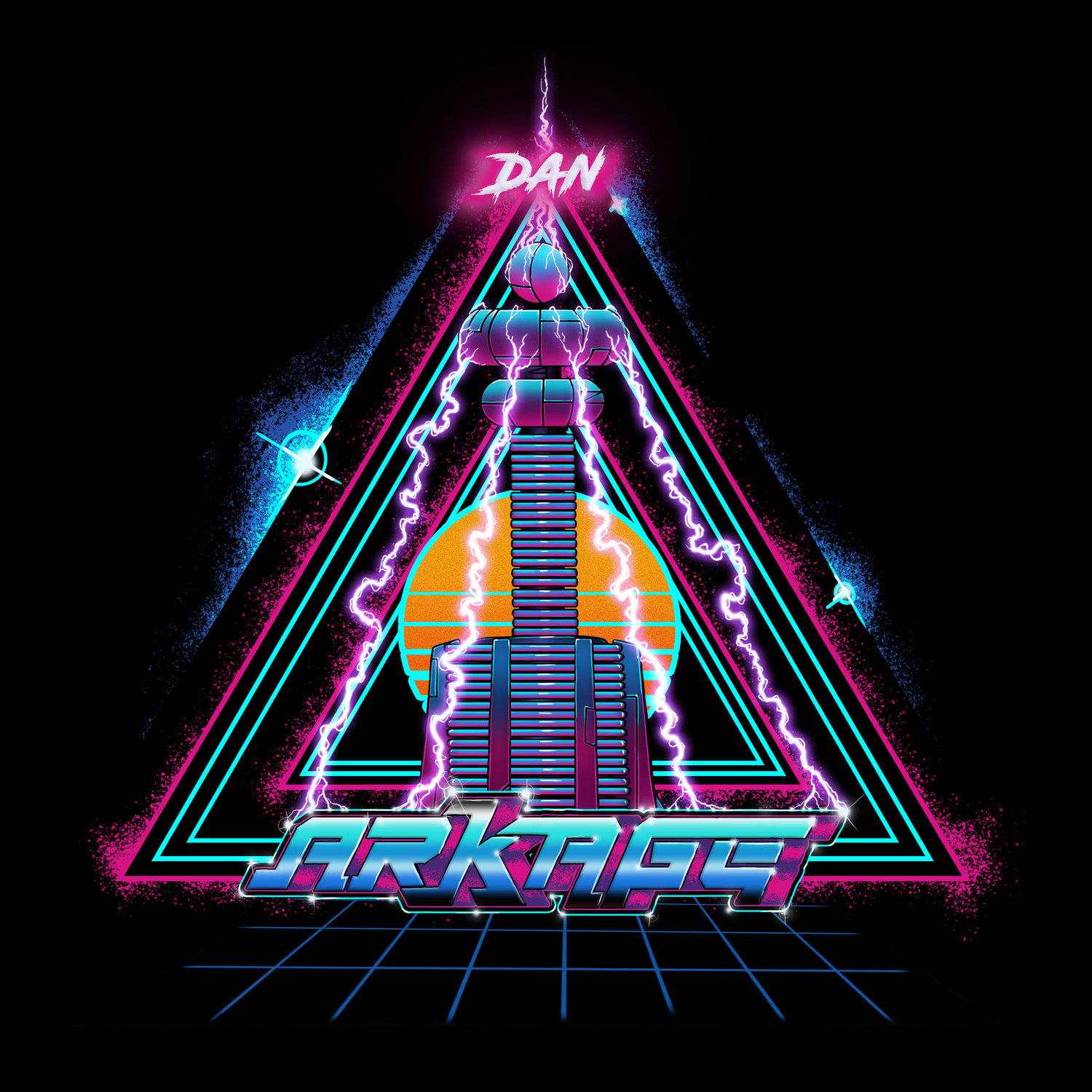Ah DOOM. It is the game that changed so much. ID software’s seminal shooter, while not the first FPS on the market, was responsible for many’s first foray into modding, online multiplayer, hyper violence and the first person viewpoint. I remember playing it as a kid, and it remains one of my favourite games of all time, and the series has earned its place in gaming’s hall of fame.
The first two games are classics in the truest sense, games that at the time were revolutionary, gaining a following that endures to this day. The third game, DOOM 3, which came out ten years after the original, doesn’t hold quite as much reverence, with many citing it as the end times for the series.
So when ID announced a new game in the venerable series, at the time called Doom 4, then later retitled to just DOOM, people were a little worried. Added to this was the fact that a multiplayer beta received much criticism and no review copies were sent out to reviewers before hand, generally a dark sign for the quality of a game.
Those worries, thankfully, were completely unfounded. The rebooted DOOM is the classic games through and through, but with updated mechanics, graphics and design that does everything required to bring what you remember about the original hurtling into the 21st century. In short, DOOM 2016 has no right to be this good.
The game's campaign opens with you awakening inside an ancient crypt, brutally killing a demon and escaping to find the ‘Praetor Suit’, the armour that will provide you protection from the forces of hell. Brilliantly, ID software have continued the tradition of not really naming the protagonist, instead the logs etc that you find simply refer to you as ‘The Doom Marine’.
From there, it's all about the killing. Like the first games, this new take focuses on brutal, bloody death with unabashed glee. It is everything that made you smile when you were younger, except now you can actually legally play it (being over 18 that is). As you travel about Mars and then Hell itself, you are given the tools to take down whatever is thrown at you.
These tools range from classic DOOM weapons like the super shotgun, plasma rifle and chain gun, to new brutal melee kills that aren’t there just for show, but one of the best ways to regain health. As you shoot enemies, they eventually stagger and glow blue. Get closer and that glow turns orange and you can hit a button to perform a ‘glory kill’ which rewards you with important health and after some upgrades, Armour.
This brutality extends to another classic weapon, the chainsaw. The iconic device makes a triumphant return, and it is just as satisfying as ever to rip through demons. However, changes have been made. It now requires fuel, which is in short supply. On the plus side, taking down enemies with it rewards you with a spray of ammo pick ups for your other weapons.
The result is a glorious ballet of shooting, melee and ammo replenishment via the chainsaw, with everything covered in so much blood that you could refloat the Titanic twice over. It is a game that will offend anyone still concerned with the violence in the medium, but to those who remember, those who know, this is what DOOM has and always will be.
Levels are massive, with lots of area’s to explore, and explore you should. Dotted around the environment are various upgrades and secrets and help with all the destruction, and the game doesn’t make finding these a chore. The DOOM marine can mantle up to surfaces, jump and eventually double jump, and even gain an upgrade that shows all the collectible locations on the map.
It makes it a pleasure to go through the levels, though some of these upgrades are a bit pointless and it can be difficult, even with the upgrades, to truly find everything. Some power ups though, are awesome. Take for example, the machine guns micro missile upgrade. This allows you to alt fire using small explosive missiles, couple that with an late game upgrade that allows you to have infinite ammo while your Armour is above 100, and you can’t help to laugh maniacally as you rain explosions on a room full of bad guys.
The story is there mainly to give some context to your actions, and as can probably be seen from how late it is in this review, isn’t the reason to play the campaign. Gameplay rules supreme here, and while the universe is fleshed out with cut scenes and the logs found strewn throughout the levels, ultimately I just wanted to get back to the killing of hell-spawn.
By the end of the game, which will take a good chunk of time, the destructive itch will have been scratched several times over. The ripping apart of classic DOOM enemies - Imps, Cacodemons, Revenants, Pinky demons and Hell Knights to name but a few - never gets old, and combat remains fun throughout.
ID Software have included a multiplayer component, and level design section ala Halo’s Forge mode, and these are fine inclusions for the most part, but once I was finished with the campaign, I had more than my share of DOOM.
I feel like the campaign of DOOM 2016 is something I could go back to time and again. The combination of updated mechanics and classic feel make it something special, and as I said before, it never gets old.
This new take on the classic franchise is everything anyone wanted out of the latest in the series and then some, as I said at the start of this review, it has no right to be this good, and it is more than worth your time.



